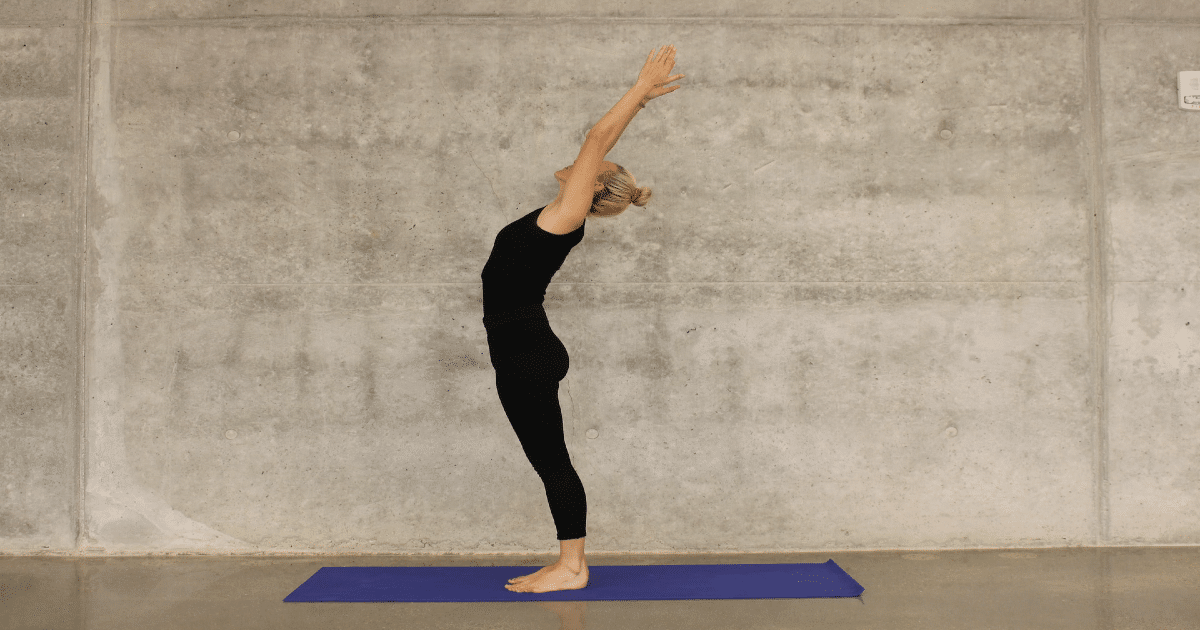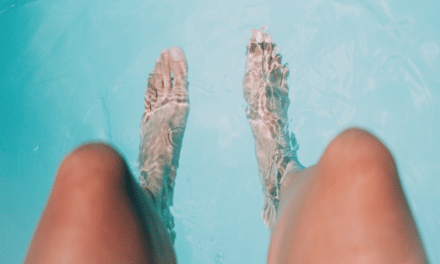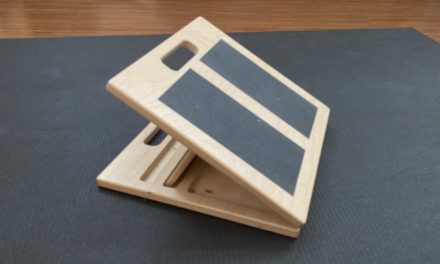In an age where most people spend time sitting down, thousands and maybe even millions of people experience postural problems. I am in this category because as I am at school, reading, or doing anything on my computer, I sit down. Sitting down for extended periods results in the build-up of tightness throughout my hip, back, shoulders, and neck. This tightness results in compensation that significantly affects my entire body. To reduce this impact, I started doing a daily posture routine once or twice a day to help my body more. This blog focuses on a set of movements that can help your body gain better posture and combat increased tightness levels.
For the set of movements, I will be using a video from Jeremy Ethier called “The PERFECT 10 Minute Daily Posture Routine (FIX YOUR SIT!).” The first part of the video explains the various issues from sitting with a terrible posture. These include muscles becoming weak, tightness, and things such as shoulder tilt and slouching.
The first routine is for the upper body. The first movement is called over-and-backs that you can perform with a towel or a rubber band. After you have a rubber band (or towel) in your hand, spread your hands out as far as you need to take it over your head and aim to touch your lower back. Once you get at the back, trying to pull the band apart as you return it to the front of your body. The second movement is the cobra pose that I have discussed previously. Lay on your stomach with your feet about hip-width apart and your toes facing down. Then, put the hands by your side directly below your shoulders. Next, contract your quads so your knee is off the ground, bring your shoulder blades down and back, and lengthen your spine by pushing up. Try to engage your back muscles to push up and solely use your arms for stability. When you are at the top, take some deep breaths before coming down and repeating. The next exercise is called stand and reach. Hold one hand at your hip and extent up and behind your body at a diagonal. Use the angle that gives the greatest stretch and spend the most time on the tightest side. The fourth movement is called wall slides with chin nods. It involves you placing your back against the wall and then sliding your arm up against the wall. With the back against your wall, tuck your chin into your chest (trying to make a double chin) tightly. As you move the arms, try to tighten your back and shoulder muscles. If you cannot move your arms up, you can perform shoulder w’s that he displays in the video.
The second routine is for the lower body. The first exercise is called a thoracic rotation. This movement is complicated to explain, so I would recommend watching the video. Get on all fours, move your hips toward the heels, put one hand in front of you and one hand behind your neck. Then bring your elbow down towards the floor, rotate it towards the ceiling, and hold it for a few seconds. The second movement is called a kneeling hip flexor stretch. Start by kneeling with one hip in front with a bent knee and another lying on the floor behind you. In this position, contract your core and glute muscles without moving your back. After you do this, lean forward as much as you can. If it is difficult, you can use one of your hands to balance yourself on the bent leg in front of you. Hold this for about ten deep breaths (if you can). The subsequent movement is the pigeon stretch. On an elevated platform, cross your leg on top of it and extend your other leg behind you. Make sure your back remains straight as you bring your chest forward to enhance the stretch. You can move around at different angles if it helps you stretch them. You can also do this on a chair stretch, which involves you bending one knee onto the other and moving your body forward. The final movement is one of my favorites, the hip or glute bridges. On the ground, laying on the back, bend your legs and keep your feet on the floor. Contract your glutes and abs throughout the whole exercise and thrust your hips into the air. Hold the top position and contract harder and then come down to repeat the exercise for ten reps. You can also perform this movement with one leg for added difficulty.
The video explains that we should take breaks from sitting continuously every 52 minutes. For a short break, alternate between each exercise in these breaks. You should aim to perform both routines once a day, and doing it three times a day would be optimal. These movements can combat postural problems that have helped me dramatically. You should undoubtedly perform these routines, and I assure you that your body will feel exceptional.





